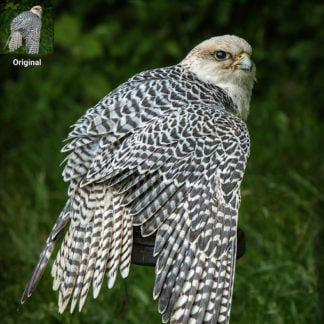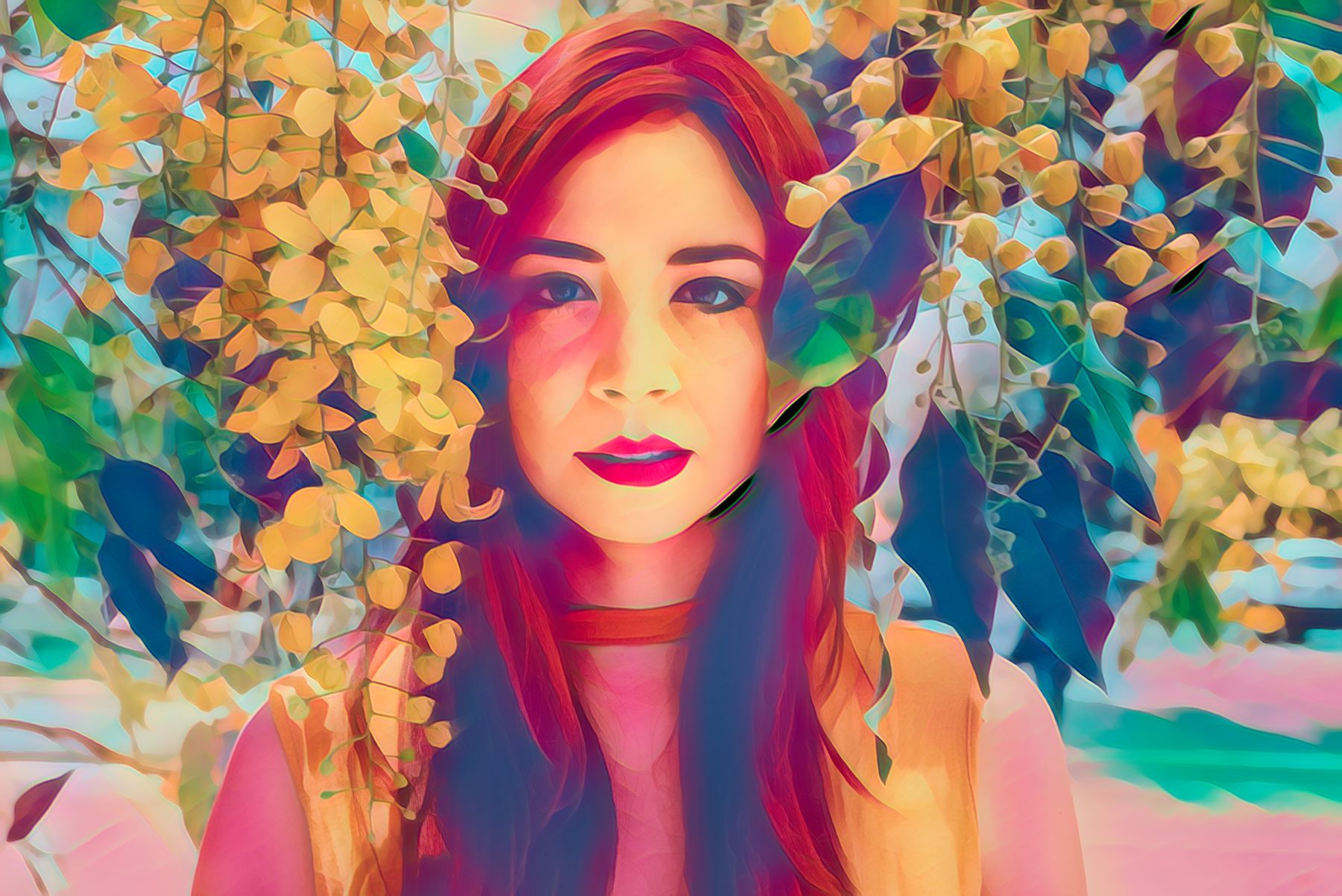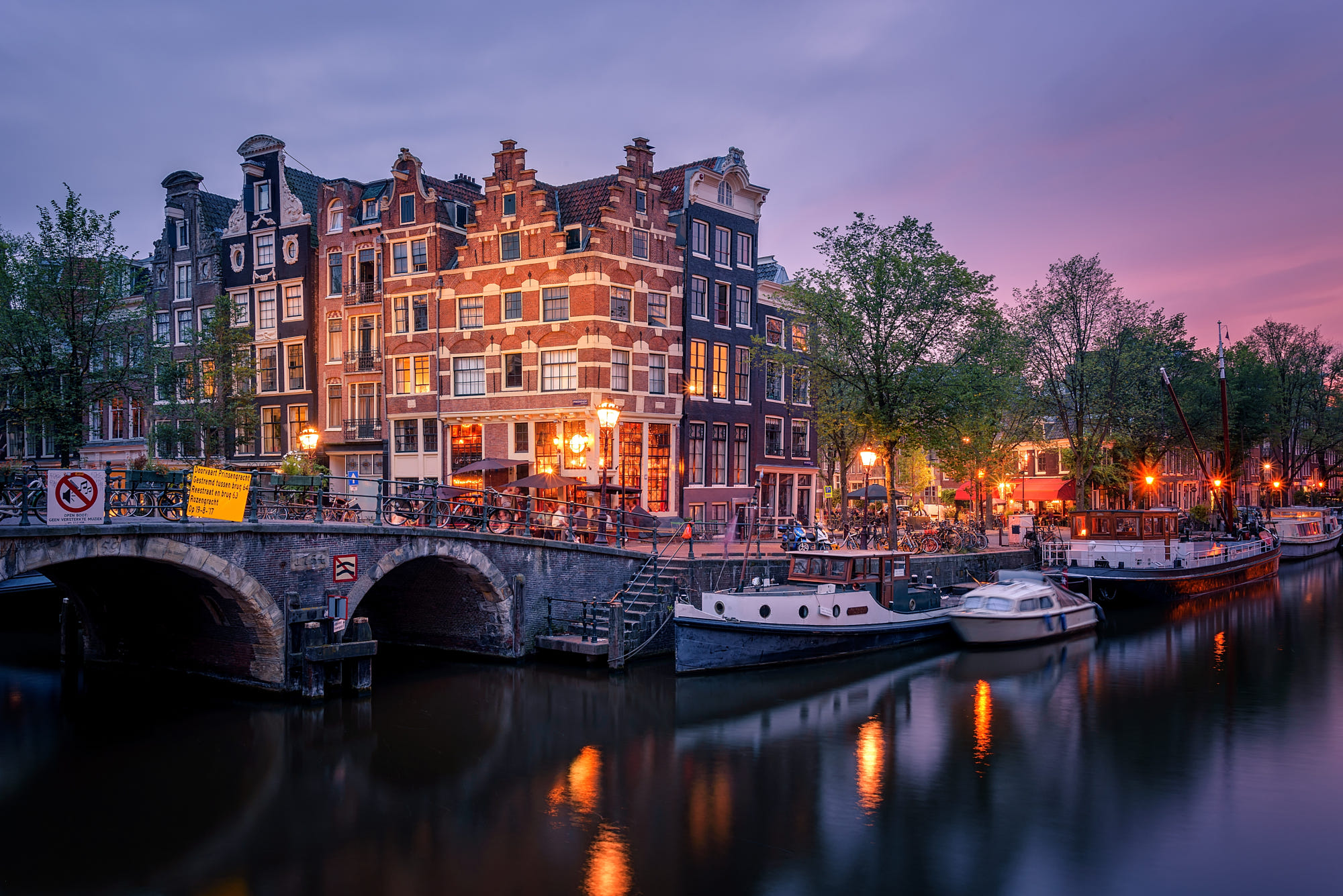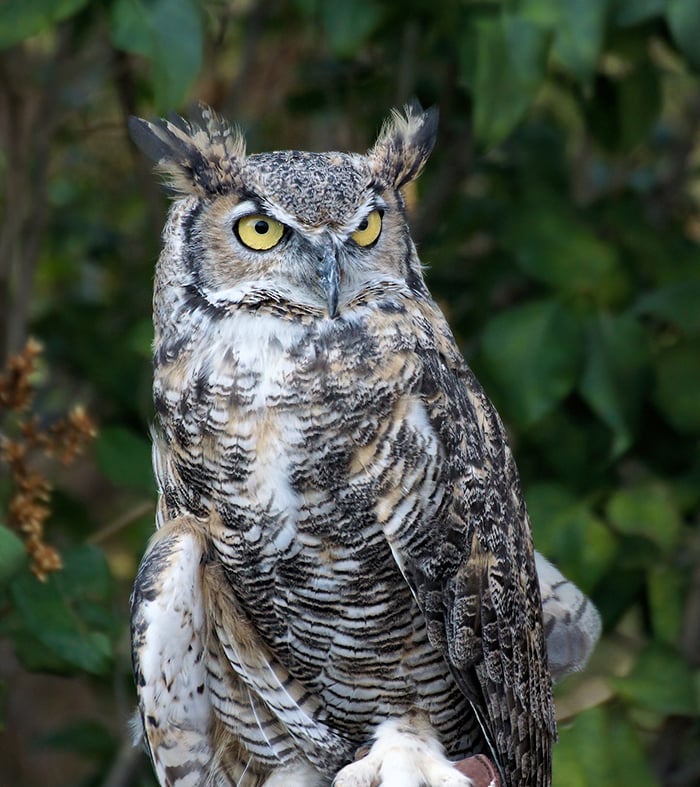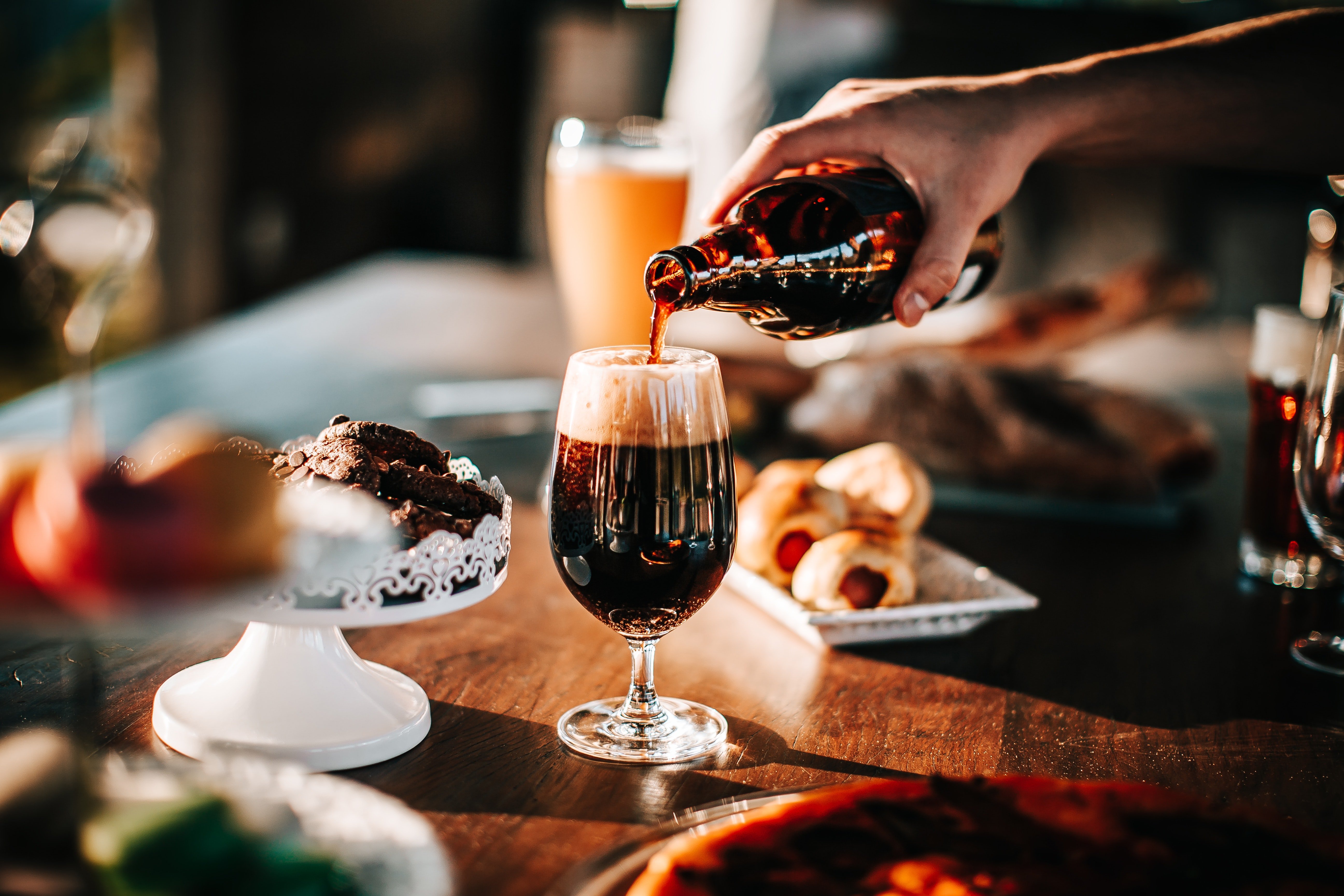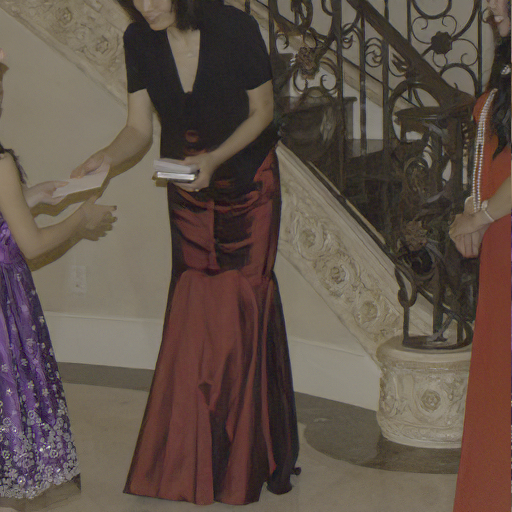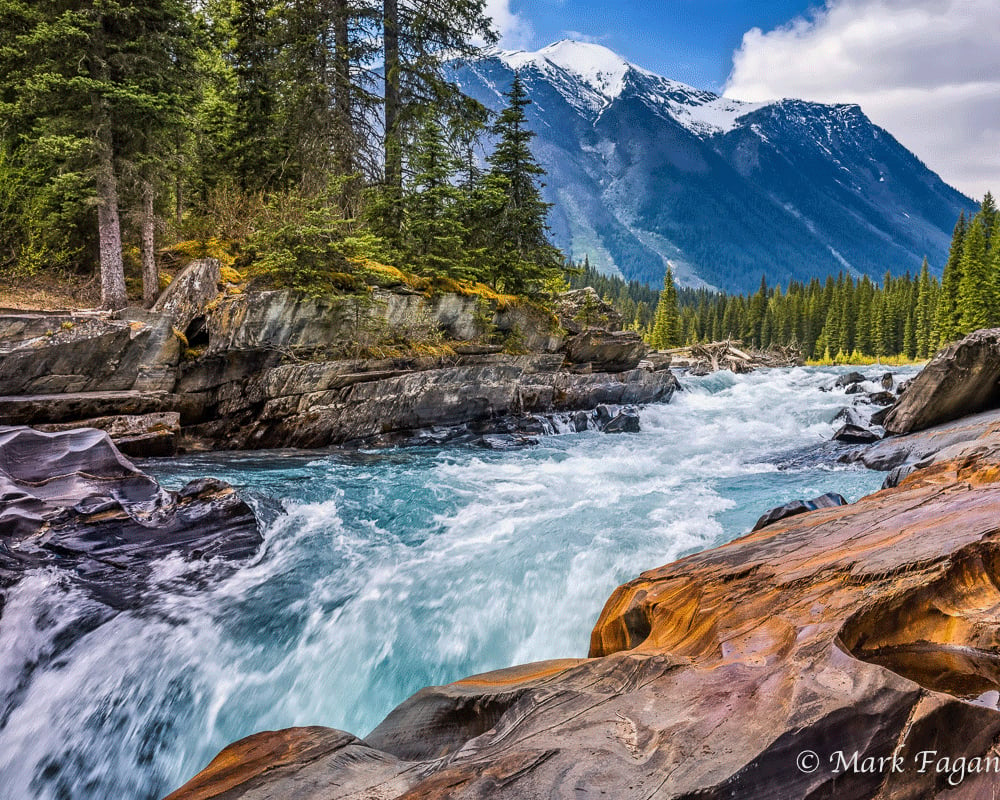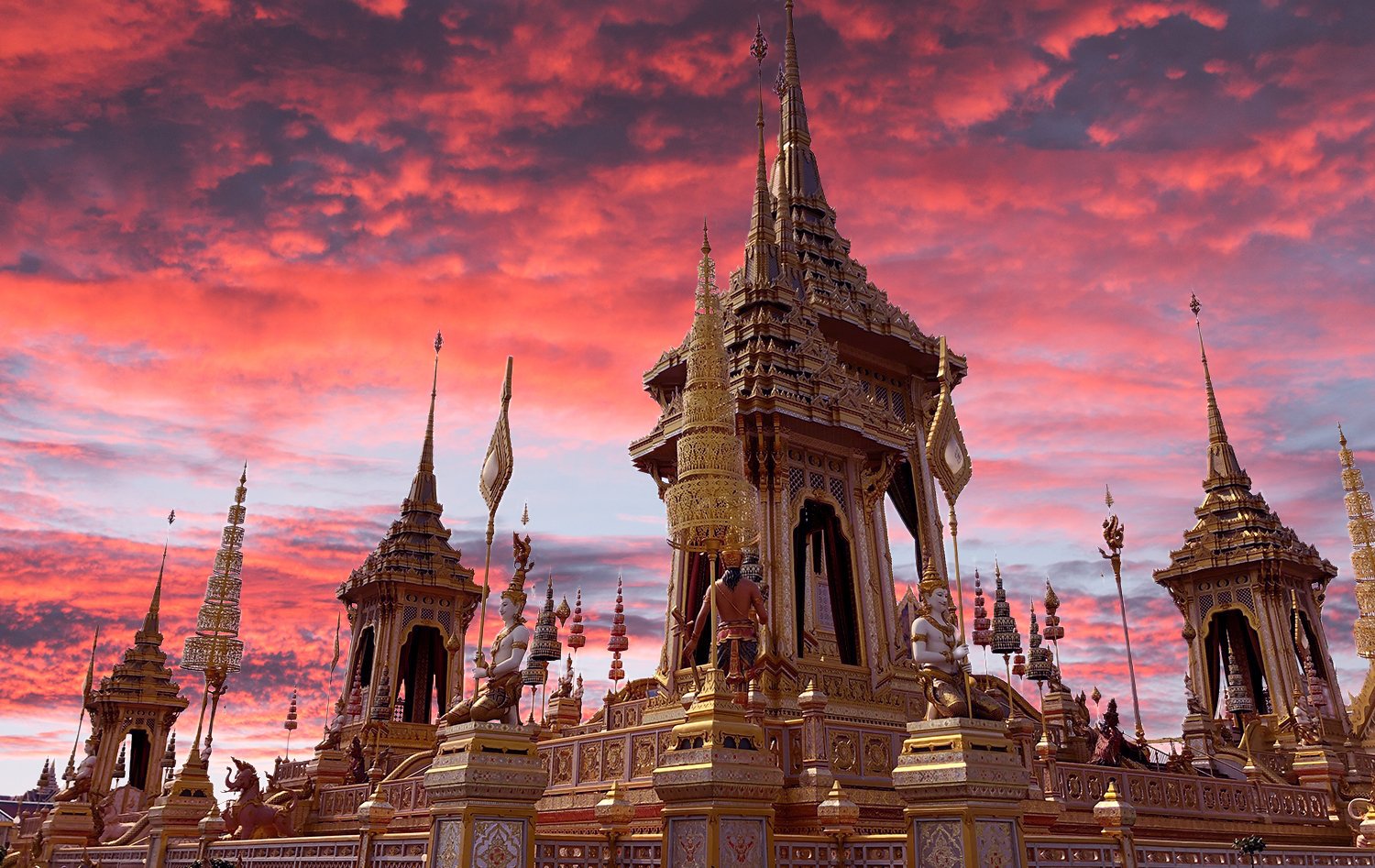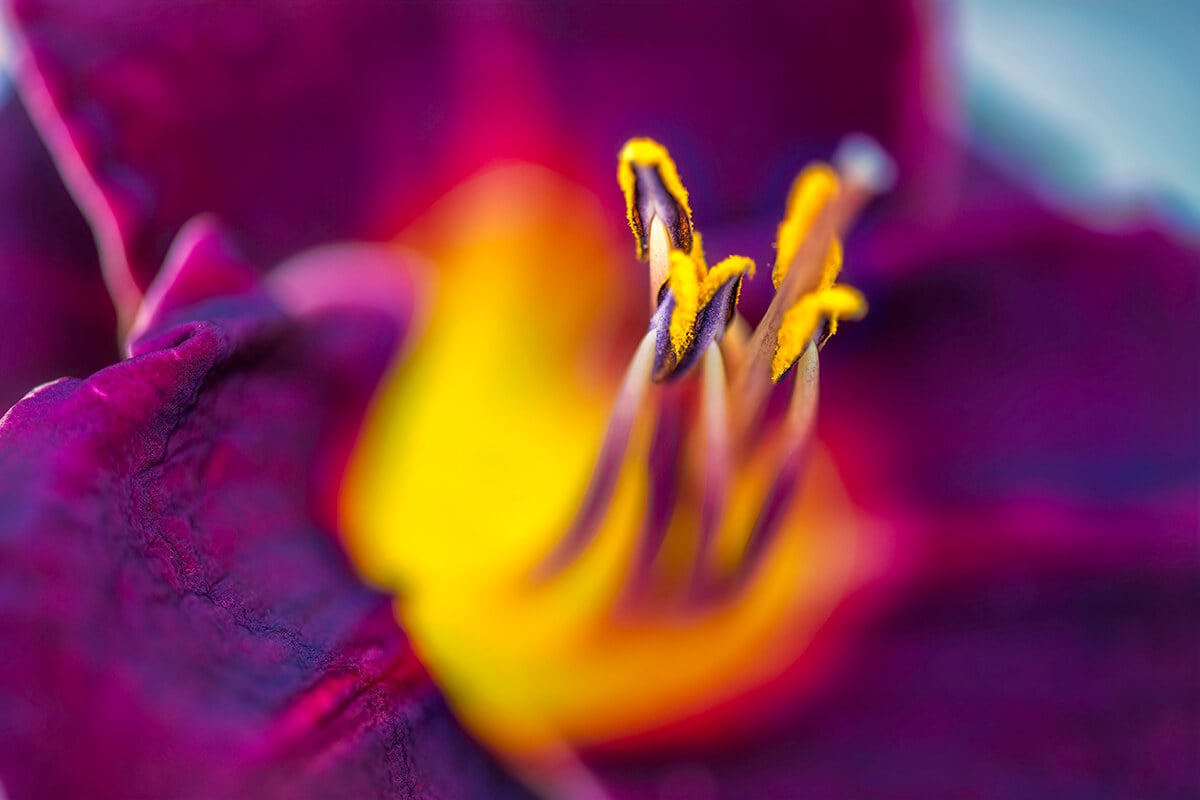
Hi everyone! Today we’ll be going over the Brightness Contrast Adjustment in Topaz Studio. This Adjustment is very versatile and allows you to make subtle changes and extreme changes. I’ll be showing how both styles can work in a single image. It’s pretty amazing how a touch of this adjustment can dramatically change your image. So lets get started.
[vc_row][vc_column][vc_empty_space][vc_column_text]
Overview of the Brightness Contrast Adjustment
[/vc_column_text][vc_empty_space height=”15px”][vc_column_text]Topaz Studio is a simple to use editing platform with Topaz Labs’ powerful acclaimed photo enhancement technology. It works as a standalone editor, a plugin within Lightroom and Photoshop, as well as a host application for your other Topaz plugins. It is free to use the program, all 1-click effects, and 10 Adjustments.
The Brightness Contrast Adjustment is one of 10 free Adjustments within Topaz Studio! Brightness Contrast lets users correct and update images with absolute control over the brightness, contrast, and saturation of an image. This easy to use, extremely versatile tool provides users with an array of possibilities. From inverted colors to bold contrast to soft and dreamy, Brightness Contrast gives you the ability to make your images come alive. Want to follow along as I show you how you can correct images in this beginner level tutorial? Grab this image and open it in Topaz Studio to begin!
 [/vc_column_text][vc_empty_space height=”15px”][vc_column_text]Don’t have Topaz Studio? Topaz Studio is free to download! You can get it now by using the links below. If you need more information about Topaz Studio, check out this overview: Introducing Topaz Studio[/vc_column_text][/vc_column][/vc_row][vc_row][vc_column][vc_empty_space][vc_column_text]
[/vc_column_text][vc_empty_space height=”15px”][vc_column_text]Don’t have Topaz Studio? Topaz Studio is free to download! You can get it now by using the links below. If you need more information about Topaz Studio, check out this overview: Introducing Topaz Studio[/vc_column_text][/vc_column][/vc_row][vc_row][vc_column][vc_empty_space][vc_column_text]
Free Topaz Studio Download
[/vc_column_text][vc_empty_space height=”15px”][vc_row_inner][vc_column_inner width=”1/2″][vc_btn title=”Windows” shape=”square” color=”primary” align=”center” button_block=”true” link=”url:https%3A%2F%2Ftopazlabs.s3.amazonaws.com%2Ftopazstudio_online_installer.exe|||”][/vc_column_inner][vc_column_inner width=”1/2″][vc_btn title=”Mac” shape=”square” color=”primary” align=”center” button_block=”true” link=”url:https%3A%2F%2Ftopazlabs.s3.amazonaws.com%2Ftopazstudio_online_installer.dmg|||”][/vc_column_inner][/vc_row_inner][/vc_column][/vc_row][vc_row][vc_column][vc_empty_space][vc_column_text]
What You’ll Need
[/vc_column_text][vc_empty_space height=”15px”][vc_column_text]This introduction tutorial is really easy to follow along with but you will need just a few things if you’d like to follow along with me:
1. Topaz Studio. You’ll need Topaz Studio on your computer if you’d like to follow along during this tutorial.
2. An Image. Grab the butterfly image above to follow along and try it out for yourself.
3. About 15 minutes. This beginner’s level tutorial will only take about 15 minutes to complete.
I’m going to teach you about each slider and what it does. Ready to try it out? Let’s get started![/vc_column_text][vc_empty_space height=”15px”][vc_single_image image=”47932″ img_size=”large” alignment=”center”][vc_column_text]
An open image in Topaz Studio. The Effects Panel, Scopes Panel, and Workspace Panel are all minimized for this tutorial.
[/vc_column_text][vc_empty_space][/vc_column][/vc_row][vc_row][vc_column][vc_column_text]
Adjustment Overview
[/vc_column_text][vc_empty_space height=”15px”][vc_row_inner][vc_column_inner width=”1/4″][vc_single_image image=”47934″ img_size=”full” alignment=”center”][/vc_column_inner][vc_column_inner width=”3/4″][vc_column_text]The Brightness Contrast Adjustment looks simple with only 3 sliders. Don’t let the simplicity fool you! This little Adjustment is very powerful and can completely change the look of an image!
The Sliders and What They Do:
Brightness: Correct images or add artistic flare by changing the brightness of the image from pure white to solid black and anywhere in between.
Contrast: From intense contrast to dreamy and soft contrast to completely inverted, Brightness Contrast offers a variety of editing possibilities.
Saturation: From bold to subtle, desaturated to inverted, choose any saturation you like! The full spectrum of choices allows for bold colors, delicate hues, and artistic combinations.[/vc_column_text][/vc_column_inner][/vc_row_inner][vc_empty_space][/vc_column][/vc_row][vc_row][vc_column][vc_empty_space][vc_column_text]
Step 1: Add the Brightness Contrast Adjustment
[/vc_column_text][vc_empty_space height=”15px”][vc_column_text]NOTE: We will not be using 1-click effects, the workspace, or the scopes panel. I have minimized these areas to make my canvas bigger. You can do this by clicking on the border edge arrow. To open them back up, click again.
There are a few different ways to add the Brightness Contrast Adjustment in Topaz Studio.
- Click the Brightness Contrast Adjustment icon in the Adjustment Buttons (pictured here). All 10 free adjustments are located here.
- Click the More Button in the Adjustment Buttons to show a list for all Adjustments. Click Brightness Contrast Adjustment to add it to your Adjustment Stack.
- Go to Menu > Adjustment >Brightness Contrast Adjustment to add the Brightness Contrast Adjustment.
We will be making changes to the subject matter (butterfly) once you have added the Brightness Contrast Adjustment.
Try it out: Slide each slider back and forth between -1.00 and 3.00 (1.00 for the Brightness Slider) and observe how the image is affected! To reset the slider just click the Slider Name or click Undo (bottom right hand corner of the program).
To make the butterfly bright and blue, simply make the following adjustments:
Brightness: 0.10
Contrast: 1.75
Saturation: -1.00[/vc_column_text][vc_empty_space height=”15px”][vc_single_image image=”47940″ img_size=”large” alignment=”center”][vc_column_text]
An extreme change with the Brightness Contrast Adjustment in Topaz Studio.
[/vc_column_text][vc_empty_space height=”15px”][vc_column_text]Once you have made the changes, go to the Blending Mode drop down and rollover the various names to see how the image is affected. Select Color.[/vc_column_text][vc_empty_space height=”15px”][vc_single_image image=”47945″ img_size=”large” alignment=”center”][vc_column_text]
Use the Blending Mode to change the way the image is affected by the Adjustment.
[/vc_column_text][vc_empty_space height=”15px”][vc_column_text]
Masking
[/vc_column_text][vc_empty_space height=”15px”][vc_row_inner][vc_column_inner width=”1/4″][vc_single_image image=”47947″ img_size=”large” alignment=”center”][/vc_column_inner][vc_column_inner width=”3/4″][vc_column_text]We will need to mask to make the subject matter the only affected area. Click the Add Mask Button next to the Adjustment name to add an Adjustment Level Mask. When you add masking it will default to white. Select Invert to make the mask black. Then select Brush. Since the mask is black we will need to brush in white. Change the Mask Density to white. Paint the subject matter white. You can change the Radius and Edge Softness to make the brush bigger or sharper. When you are finished, click Done.[/vc_column_text][/vc_column_inner][/vc_row_inner][vc_empty_space height=”15px”][vc_column_text]When you are done with the first Brightness Contrast Adjustment, select the Eye Icon to turn the Adjustment OFF.[/vc_column_text][vc_empty_space][/vc_column][/vc_row][vc_row][vc_column][vc_empty_space][vc_column_text]
Step 2: Add the Second Brightness Contrast Adjustment
[/vc_column_text][vc_empty_space height=”15px”][vc_column_text]Go ahead and add a second Brightness Contrast Adjustment.
Try it out: Slide each slider back and forth between -1.00 and 3.00 (1.00 for the Brightness Slider) and observe how the background changes.
You can put the slider where you like them or use the same settings I used:
Brightness: -0.45
Contrast: 1.00
Saturation: 1.30[/vc_column_text][vc_empty_space height=”15px”][vc_single_image image=”47950″ img_size=”large” alignment=”center”][vc_column_text]
A subtle change with the Brightness Contrast Adjustment in Topaz Studio is easy to accomplish.
[/vc_column_text][vc_empty_space height=”15px”][vc_column_text]
Masking
[/vc_column_text][vc_empty_space height=”15px”][vc_row_inner][vc_column_inner][vc_single_image image=”47951″ img_size=”large” alignment=”center”][vc_empty_space height=”15px”][vc_column_text]Now we’ll need to mask to make the background the only affected area. Click the Add Mask Button next to the Adjustment name to add an Adjustment Level Mask. When you add masking it will default to white. Then select Brush. Make sure the Mask Density is black. Paint the subject matter black. You can change the Radius and Edge Softness to make the brush bigger or sharper. When you are finished, click Done.[/vc_column_text][/vc_column_inner][/vc_row_inner][vc_empty_space height=”15px”][vc_column_text]When you are done with the second Brightness Contrast Adjustment, select the Eye Icon on the first Adjustment to turn the Adjustment ON.[/vc_column_text][vc_empty_space height=”15px”][vc_single_image image=”47958″ img_size=”large” alignment=”center”][vc_column_text]
The completed image: a subtle, yet dramatic background and a vibrant and bright butterfly.
[/vc_column_text][vc_empty_space][/vc_column][/vc_row][vc_row][vc_column][vc_column_text]
That’s It!
[/vc_column_text][vc_column_text]From bold and colorful to subtle and realistic, that’s everything you can accomplish with the Brightness Contrast Adjustment in Topaz Studio and how you can do it! I hope you tried out a few new things today and learned a little about the endless possibilities within Topaz Studio.
We’ll also be adding more tutorials and videos so be sure to give us a follow to learn more!
If you’d like to share your images with us, tag us on Instagram with @topazlabs and Twitter with @topazlabs. We’re also on Facebook and YouTube![/vc_column_text][vc_empty_space][/vc_column][/vc_row][vc_row][vc_column][vc_empty_space height=”15px”][vc_separator border_width=”3″][vc_empty_space height=”15px”][vc_column_text]
About Jodi L. Robbins
[/vc_column_text][vc_empty_space height=”15px”][vc_row_inner][vc_column_inner width=”1/4″][vc_single_image image=”8523″ img_size=”” alignment=”center” style=”vc_box_circle_2″][/vc_column_inner][vc_column_inner width=”3/4″][vc_column_text]Jodi is currently the Art Director of Topaz Labs. She has been an artist and photographer for over 15 years, starting with black and white film photography and alternative processing. After completing her BFA in Studio Art from Southern Methodist University and her Masters in Photography from Savannah College of Art and Design, she worked in product photography for companies such as Heritage Auctions, Neiman Marcus, and the Dallas Cowboys.[/vc_column_text][/vc_column_inner][/vc_row_inner][vc_empty_space height=”15px”][vc_separator border_width=”3″][vc_empty_space height=”15px”][/vc_column][/vc_row]

